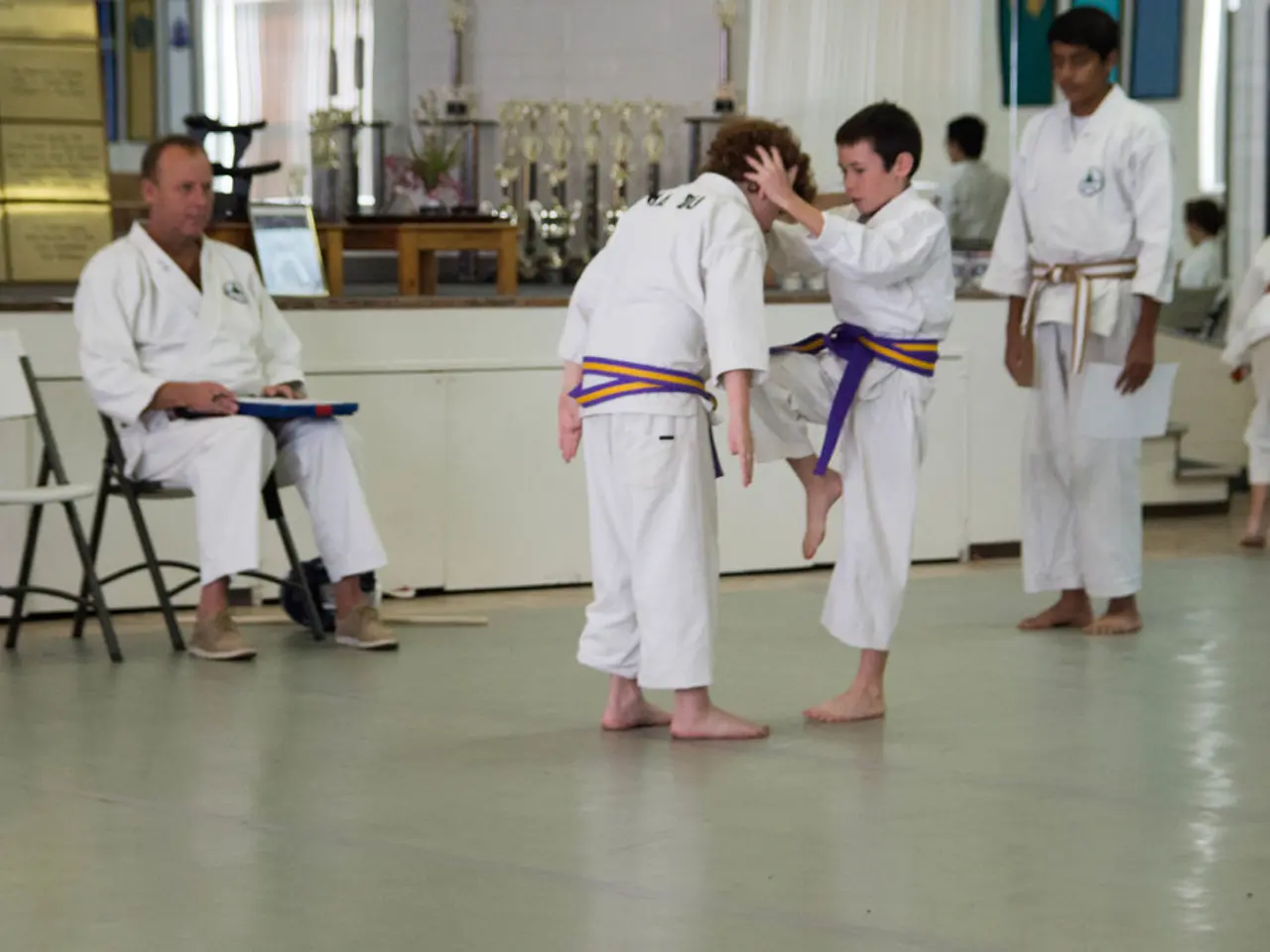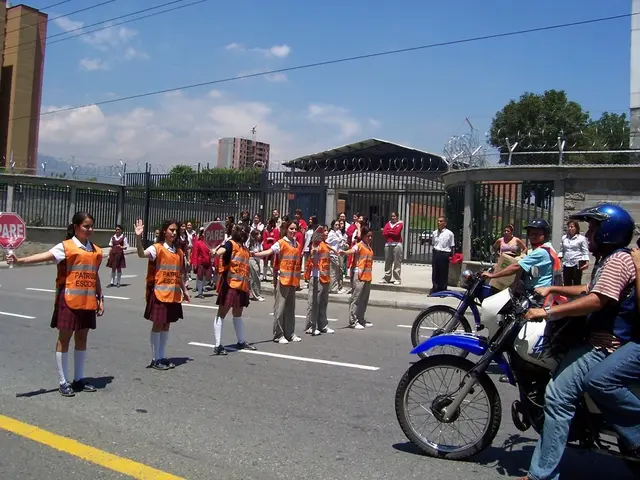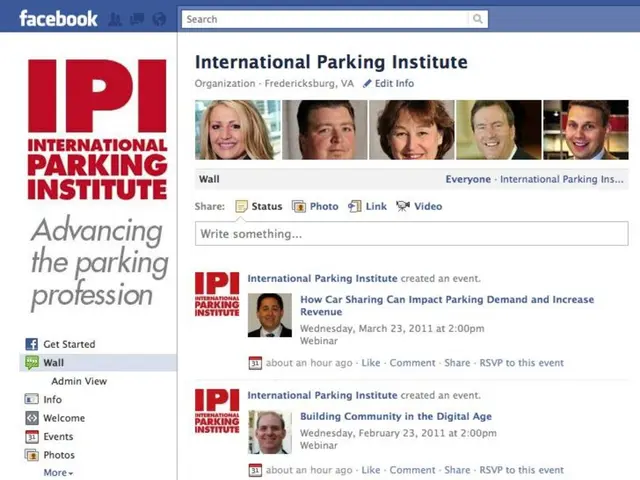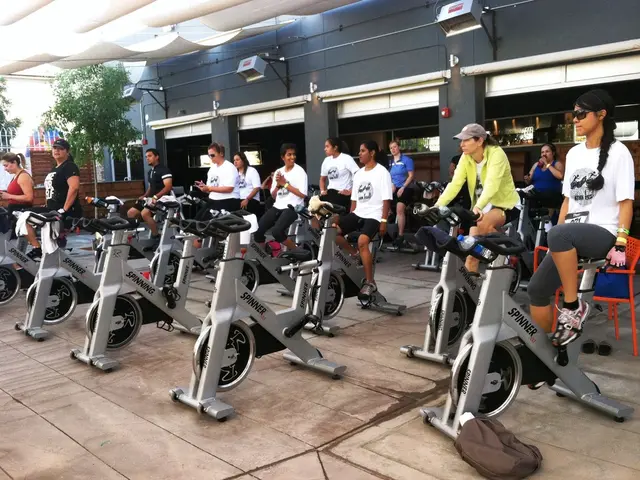The Advancement of Virtual Reality Merging with the Real World
In the realm of technology, Virtual Reality (VR) is making a significant impact by augmenting our reality in various ways. This immersive technology creates interactive environments that simulate or enhance real-world experiences, offering benefits in training, education, collaboration, therapy, tourism, and mixed reality innovations.
In the field of training, VR provides realistic, risk-free simulations where users can practice technical and soft skills in controlled settings. This is particularly beneficial in industries such as military, construction, and medical training, enabling teamwork and communication skills development[1][3]. VR training is scalable, flexible, and cloud-based, allowing remote access and standardized learning experiences across organizations[1][3].
For virtual prototyping and manufacturing, VR combined with Augmented Reality (AR) and Mixed Reality (MR) delivers digital twins and step-by-step augmented guidance, reducing errors and increasing productivity in operations[2].
In education, VR enables experiential learning through immersive virtual classrooms, 3D interactive models, and virtual field trips. This immersive approach increases engagement, retention, and provides personalized learning adapting to individual pace and understanding[2][5].
In collaboration, VR platforms allow remote teams to meet in shared virtual spaces to interact naturally despite geographic distance, enhancing cooperation and reducing the need for physical presence[1][2].
For therapy, especially mental health, VR offers controlled exposure environments (e.g., for PTSD treatment) and pain management techniques, providing safe, repeatable, and measurable therapeutic scenarios[2][4].
In the tourism sector, VR enables virtual travel experiences or previews of destinations, transforming how consumers engage with places digitally before physical visits[4][5].
Looking towards the future of mixed reality (MR), where VR and AR blend physical and digital worlds, VR acts as a foundation by providing immersive content fully or partially integrated with real-world elements. This will evolve into more seamless experiences where virtual objects and environments interact dynamically with physical surroundings, enhancing work, learning, and entertainment[2][5].
Mixed Reality also holds the potential to revolutionize sectors including design, entertainment, and daily life. In surgery, for instance, surgeons could see real-time data overlaid on a patient while interacting with virtual models[6].
VR is not just a passing trend; it is actively augmenting our perception of reality, transforming how we learn, work, heal, and connect. As these technologies become more affordable and accessible, their impact on our real-world experiences will only deepen. VR offers new forms of healing and self-awareness in psychotherapy, redefining professional collaboration by creating virtual offices for team meetings and brainstorming sessions, and augmenting cultural understanding through VR tourism experiences[6].
References: 1. VR in Training 2. VR in Education and Collaboration 3. VR in Military Training 4. VR in Tourism 5. The Future of Mixed Reality 6. Mixed Reality in Surgery
Science and health-and-wellness intersect in the realm of virtual reality (VR), as VR offers controlled exposure environments for mental health therapy and pain management. Education-and-self-development also benefits from VR, as it enables experiential learning and personalized educational experiences.




